This article was co-authored by Kelli Miller, LCSW, MSW and by wikiHow staff writer, Dev Murphy. Kelli Miller is a Psychotherapist based in Los Angeles, California. Kelli specializes in individual and couples therapy focusing on relationships, depression, anxiety, sexuality, communication, parenting, and more. Kelli also facilitates groups for those struggling with alcohol and drug addiction as well as anger management groups. She is the author of “Professor Kelli’s Guide to Finding a Husband” and the award-winning and best-selling book “Thriving with ADHD”. Kelli co-hosted an advice show on LA Talk Radio and is a relationship expert for The Examiner. She received her MSW (Masters of Social Work) from the University of Pennsylvania and a BA in Sociology/Health from the University of Florida.
There are 10 references cited in this article, which can be found at the bottom of the page.
This article has been viewed 10,240 times.
From crossed arms to furrowed brows, the majority of our communication is nonverbal, which means that knowing how to interpret body language is essential to fully comprehending what someone is trying to say. But when it comes to crossed arms, a popular form of body language, how do we interpret them? Do crossed arms mean someone is angry? Afraid? Closed off? There’s more than one way to interpret crossed arms: we’ve compiled a list of them all, below.
Things You Should Know
- Crossed arms may make you come off as rude, angry, or resistant.
- Someone may cross their arms when they are insecure, anxious, or stressed.
- People may also cross their arms for practical purposes, such as to stay warm if they are chilly, or to support their shoulders if they're sitting in an armless chair.
Steps
References
- ↑ https://westsidetoastmasters.com/resources/book_of_body_language/chap4.html
- ↑ https://www.businessinsider.com/meeting-body-language-mistakes-2016-3#-1
- ↑ https://atlanticrecruiters.com/body-language-tips-to-nail-your-job-interview/
- ↑ https://www.businessinsider.com/meeting-body-language-mistakes-2016-3#-1
- ↑ https://www.helpguide.org/articles/relationships-communication/nonverbal-communication.htm
- ↑ https://www.helpguide.org/articles/relationships-communication/nonverbal-communication.htm
- ↑ https://www.helpguide.org/articles/relationships-communication/nonverbal-communication.htm
- ↑ https://www.helpguide.org/articles/relationships-communication/nonverbal-communication.htm
- ↑ https://online.utpb.edu/about-us/articles/communication/how-much-of-communication-is-nonverbal/
- ↑ https://online.utpb.edu/about-us/articles/communication/how-much-of-communication-is-nonverbal/
- ↑ https://www.psychologytoday.com/us/basics/body-language
- ↑ https://www.helpguide.org/articles/relationships-communication/nonverbal-communication.htm
- ↑ https://careerdesign.champlain.edu/resources/7-body-language-tricks-to-crush-your-next-interview/
- ↑ https://careerdesign.champlain.edu/resources/7-body-language-tricks-to-crush-your-next-interview/
- ↑ https://careerdesign.champlain.edu/resources/7-body-language-tricks-to-crush-your-next-interview/
- ↑ https://www.scienceofpeople.com/handshake/
- ↑ https://www.sclhealth.org/blog/2019/06/the-real-health-benefits-of-smiling-and-laughing/
- ↑ https://www.helpguide.org/articles/relationships-communication/nonverbal-communication.htm
- ↑ https://www.huffpost.com/entry/body-language-signs-first-date_n_5c42108ee4b027c3bbc18038
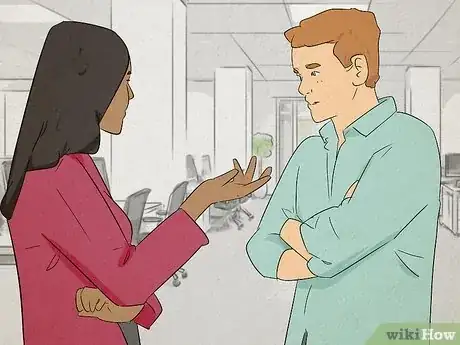
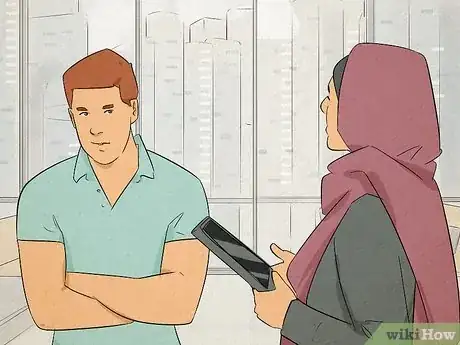
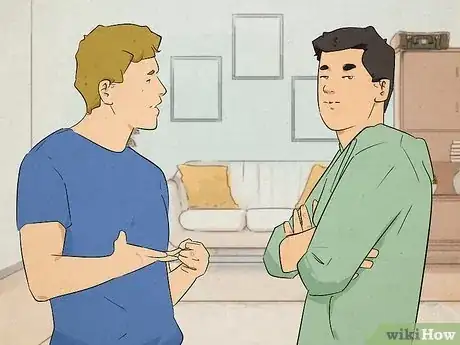
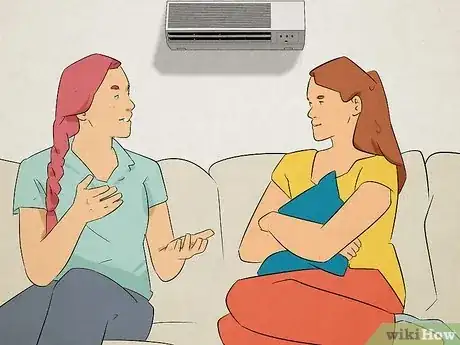

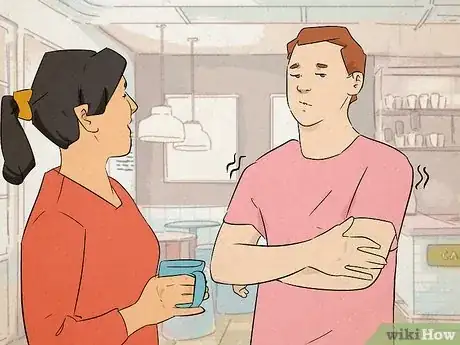
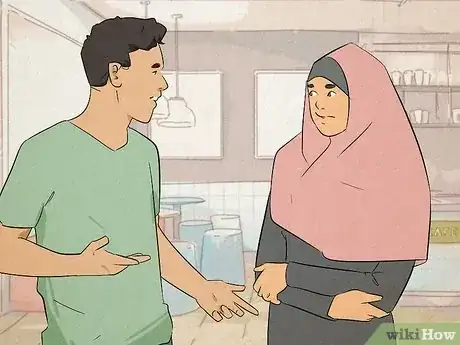
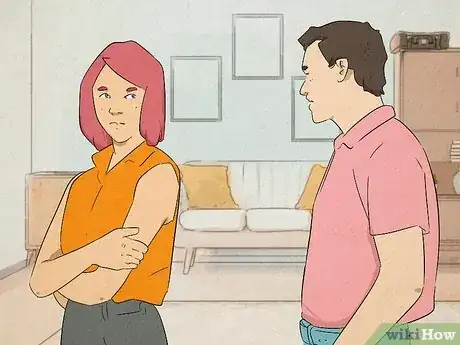
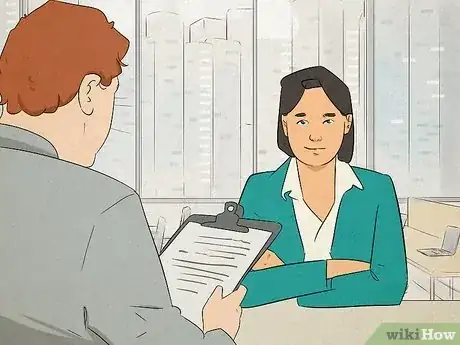
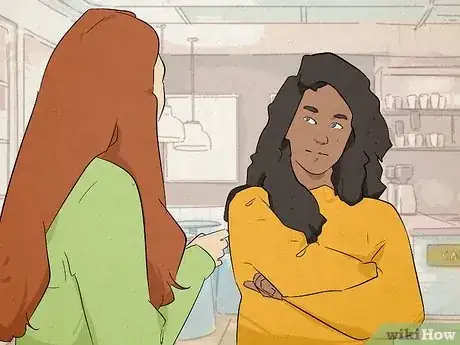

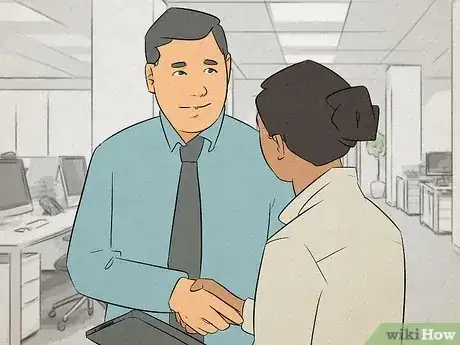

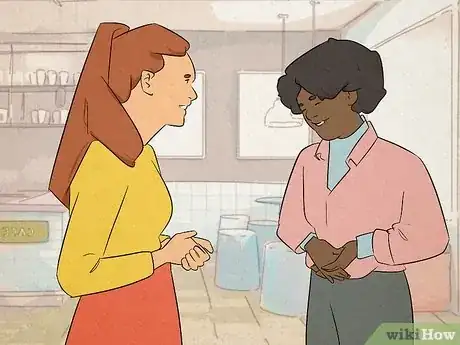









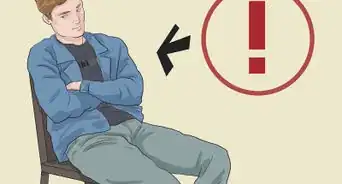



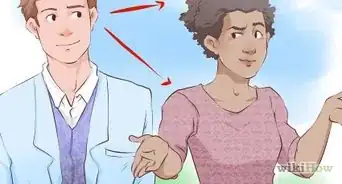














































Medical Disclaimer
The content of this article is not intended to be a substitute for professional medical advice, examination, diagnosis, or treatment. You should always contact your doctor or other qualified healthcare professional before starting, changing, or stopping any kind of health treatment.
Read More...